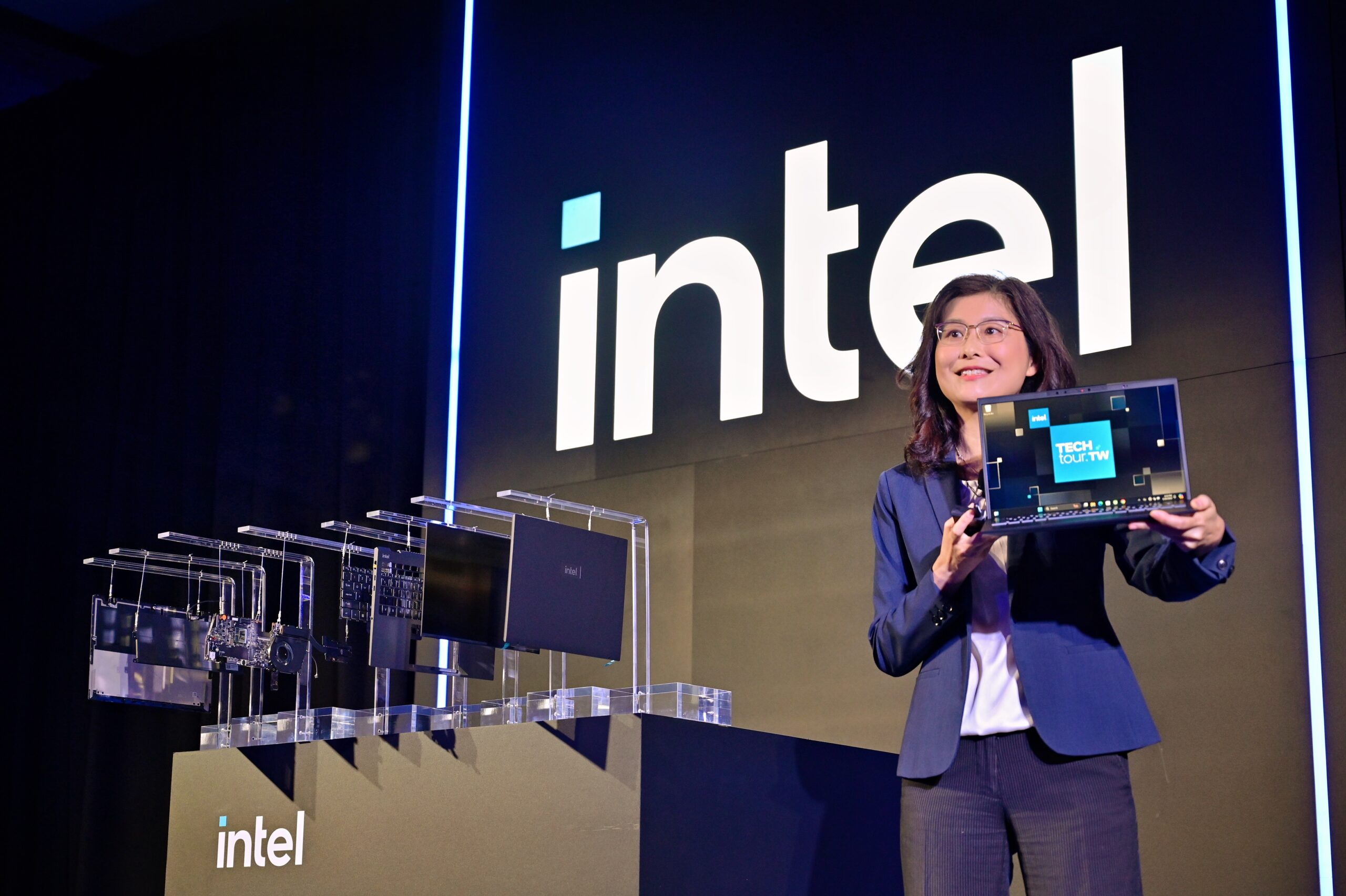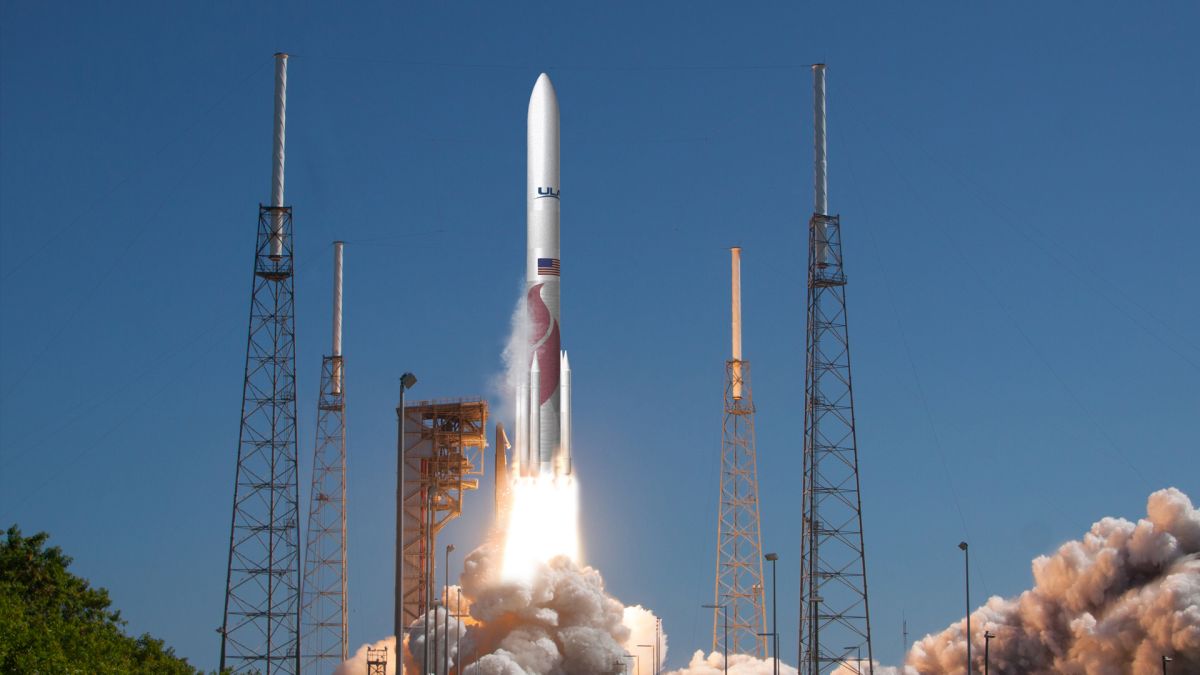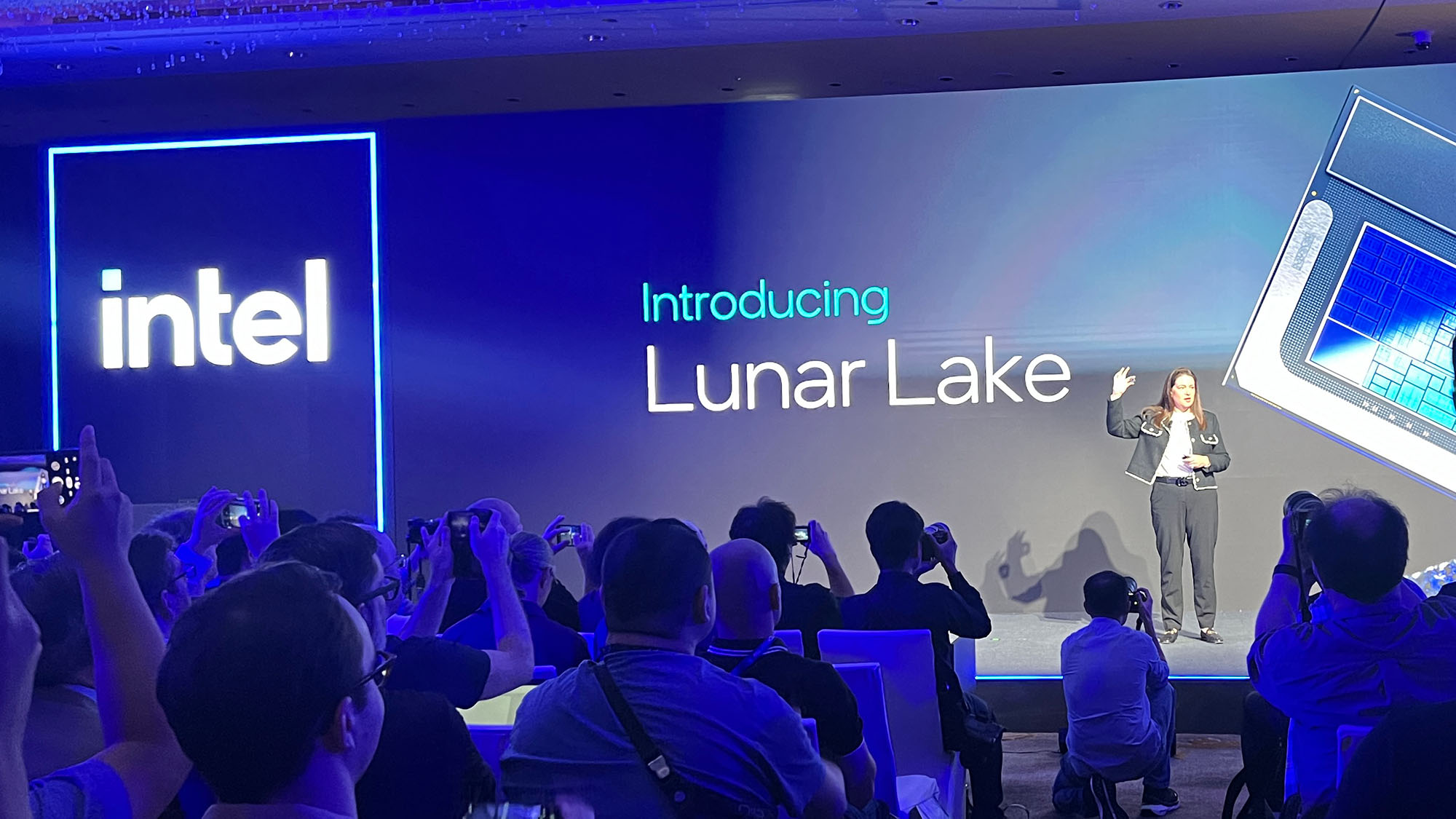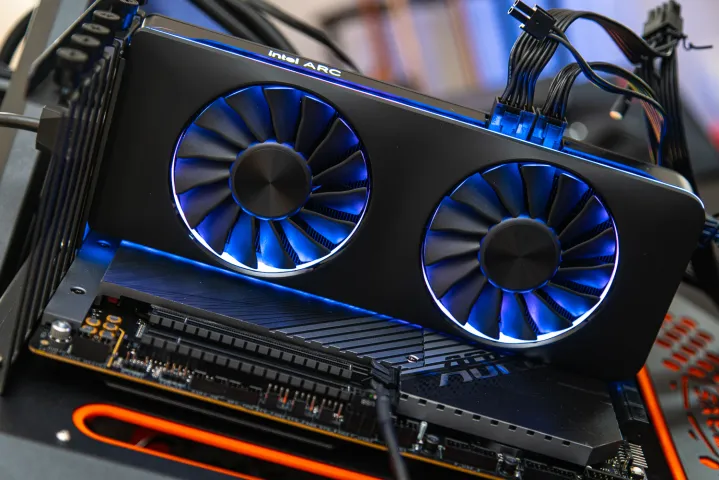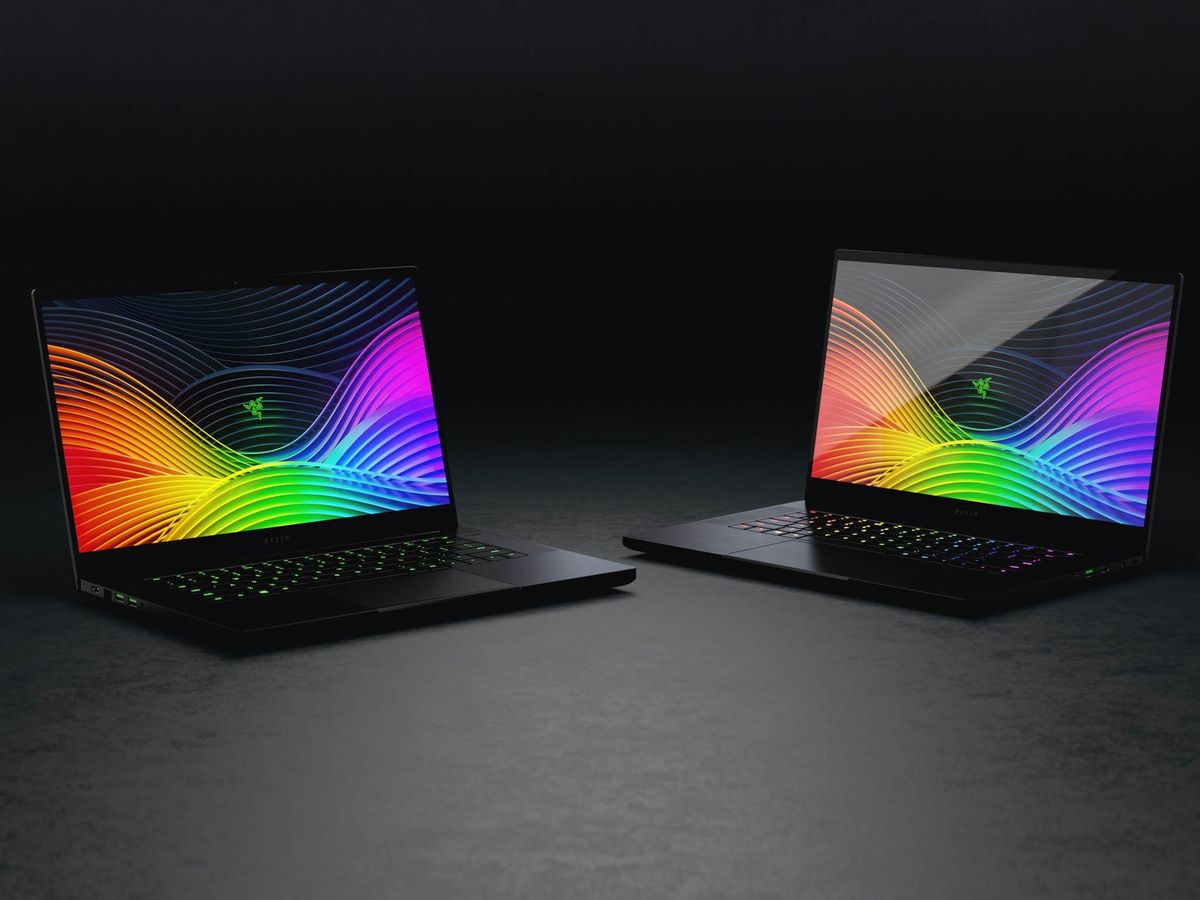Forget the old Intel, obsessed with raw power and pushing battery life to the limits. Computex 2024 unveiled a whole new Intel, embracing a “radical low-power architecture” with their upcoming Lunar Lake chips. This isn’t a minor refresh; it’s a complete overhaul, a sign that Intel is ready to throw down in the mobile computing arena.

The heart of Lunar Lake lies in its core structure. Previous generations relied heavily on high-performance cores, but Lunar Lake flips the script. Skymont, Intel’s efficient core technology, takes center stage, handling most tasks. Powerful Lion Cove cores only jump in when absolutely needed. This is a major shift, with Skymont boasting significant performance improvements – delivering the same punch as Meteor Lake’s E-core at a third of the power and doubling single-core performance when pushed to the max. Additionally, Skymont offers a 2% IPC increase over Raptor Cove, Intel’s last-gen desktop P-core. That’s a massive leap in efficiency for a mobile chip.
This focus on efficiency permeates every aspect of Lunar Lake. Intel employs separate voltage rails for P and E cores, allowing them to completely shut down P cores when idle. Even smaller tweaks, like increased cache and closer memory access for E cores, contribute to lower power consumption.
In a move that’s sure to spark debate, Intel has ditched Hyper Threading technology in Lunar Lake for both core types. Their reasoning? Hyper Threading comes at an energy cost, and efficiency is king in this new era.
For the first time ever, Intel is outsourcing chip manufacturing for Lunar Lake. TSMC, the world’s leading chipmaker, will handle production using their cutting-edge N3B process. This is a significant departure from Intel’s traditional self-reliance and highlights their commitment to using the best technology available, regardless of origin.

Lunar Lake boasts an 8-core CPU configuration, with clusters of four Skymont E cores and four Lion Cove P cores. While Intel hints at scalability, the core clusters will remain in groups of four. Specific models haven’t been revealed yet.
A redesigned Neural Processing Unit (NPU) is another highlight, offering a whopping 48 TOPS – a fourfold increase over Meteor Lake and surpassing even the Snapdragon X Elite. This isn’t the only AI engine at play, though. Lunar Lake boasts over 120 TOPS of total AI processing power, combining the NPU, CPU, and a revamped Xe2 graphics architecture (better known as Battlemage). This new graphics architecture promises a 50% performance improvement over the previous generation, thanks to optimizations like native ExecuteIndirect command support and faster cache clearing.
Beyond the core processing units, Lunar Lake integrates a display engine supporting cutting-edge display standards, a media engine handling modern codecs, and the ability to pack up to 32GB of LPDDR5X memory.
One thing’s for certain: Intel is entering a new era. While Meteor Lake seemed like a misstep, it takes on new meaning in the context of Lunar Lake. A focus on efficiency, a lean core configuration, and a willingness to leverage the best manufacturing available paint a picture of a reinvented Intel, ready to reclaim its place in the mobile computing world.

If you like the article please follow on THE UBJ.

